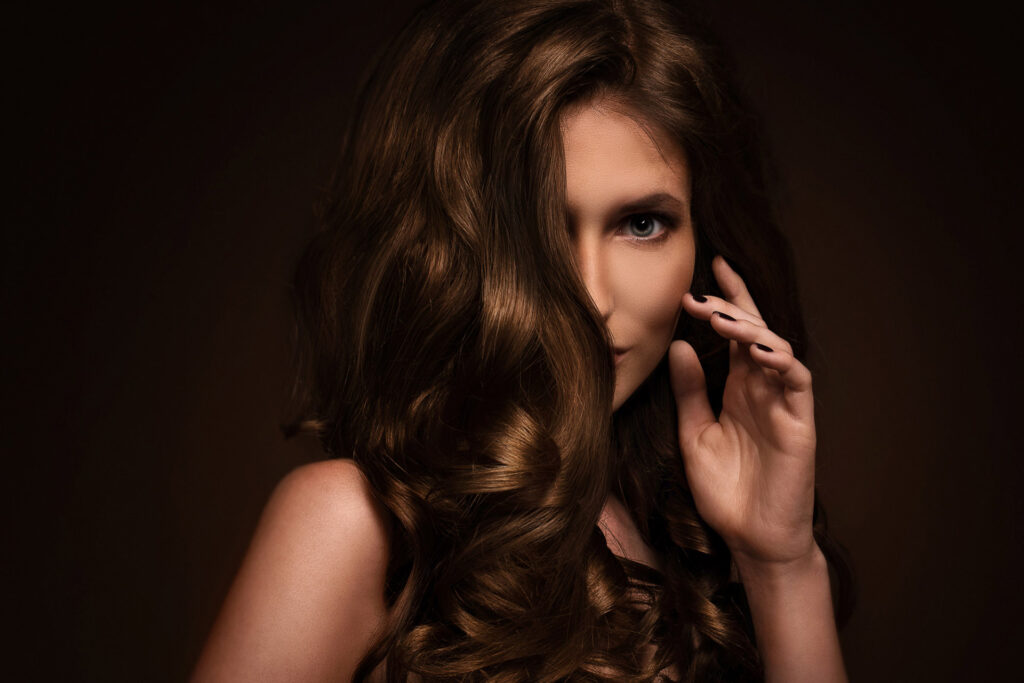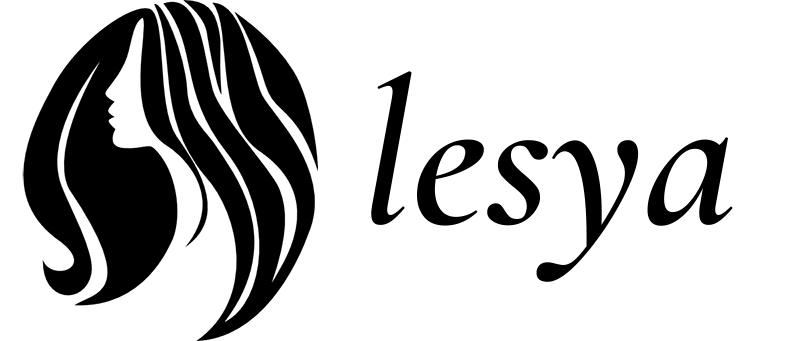If you’re considering entering the beauty industry, one of the first decisions you’ll need to make is the type of salon ownership that suits your goals and resources. There are several ways to own and operate a beauty salon, each with its own benefits and challenges. In this blog post, we’ll explore the different types of salon ownership, helping you decide which model is best for your business ambitions.
Independent Salon Ownership
An independent salon is owned and operated by a single individual or a small team of owners. In this model, the owner has full control over the business, from services offered to pricing and branding.
Pros:
- Full creative control and autonomy.
- Direct profit without sharing with others.
- Ability to build a unique brand and clientele.
Cons:
- High risk, as the owner is fully responsible for all operations.
- Requires significant investment in equipment, marketing, and staff.
- Limited support; no franchise network for guidance.
Employee-Based Salon Ownership

In an employee-based salon, the owner hires staff members to work under a set wage or commission structure. The owner manages all aspects of the business, including marketing, customer service, and employee scheduling.
Pros:
- Greater control over service quality and customer experience.
- Ability to build a consistent brand and loyal client base.
- Staff is dedicated to your salon’s success.
Cons:
- Higher overhead costs due to staff salaries and benefits.
- Requires strong management and leadership skills.
- Responsibility for employee training and retention.

